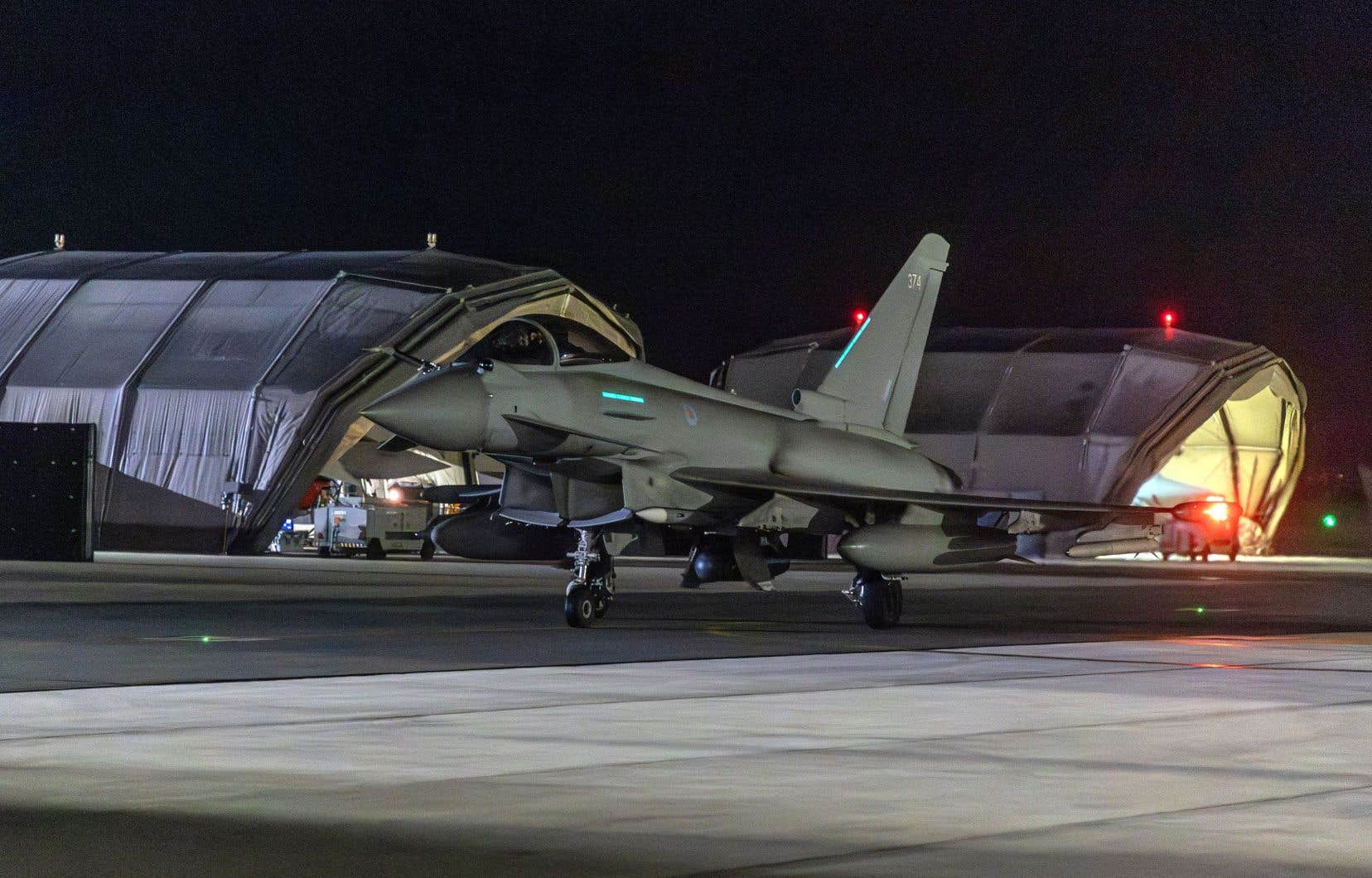The Department of Defense said Friday that members of the Canadian Armed Forces provided support in planning the U.S.-led attack on Houthi positions in Yemen on Thursday, but that no Canadian equipment was involved in the operation.
U.S. and British officials said they attacked more than 60 targets at 16 military sites used by Yemen’s Iran-backed rebel group on Thursday, to reiterate that allies would not tolerate attacks on ships in the Red Sea.
A joint statement released by the White House said Canada, the Netherlands, Bahrain and Australia provided support for the strikes, which the Houthis said killed at least five people and injured six.
Three members of the Canadian general staff were deployed in December as part of a multinational operation in the Red Sea. They included two planners and an intelligence analyst, the Defense Ministry said.
The ministry also noted that around 20 troops are deployed to a US central operations office in Qatar, but could not immediately confirm whether they were also involved in planning the attack.
Prime Minister Justin Trudeau said Friday it was important that Canada participate in the response to Houthi attacks on civilian and commercial ships in the Red Sea because they put lives at risk.
“The international community had a responsibility to intervene, as required by UN Security Council resolutions, and we support the highly targeted actions undertaken by the military assets of the United Kingdom and the United States,” he said. he declared at a press conference in Guelph, Ontario.
Regarding the reasons why Canadian participation was limited to planning, Justin Trudeau responded that Canada does not have “particular assets in the region.” A Defense Department spokesperson noted in December that allies had been asked to provide ships, planes and personnel, but did not explain why Canada had not provided military assets to the operation.
The leader of the official opposition in Ottawa, Pierre Poilievre, acknowledged during a press conference Friday that the strikes were necessary to counter the threat posed by the Houthis.
Mr. Poilievre said the Houthis were under the influence of the Iranian government, calling them a “Tehran-backed pirate group.”
The White House has said there could be retaliation.
“This was not a signaling exercise,” National Security Council spokesman John Kirby said. This aimed to disrupt and weaken the military capabilities of the Houthis. »
The United States Naval Forces have warned American-flagged vessels to stay out of areas around Yemen, in the Red Sea and the Gulf of Aden, for the next 72 hours. The warning comes after a Houthi military spokesman, General Yahya Saree, said in a recorded speech that the strikes “will not go unanswered or unpunished.”
Houthi-controlled territory in Yemen is home to about two-thirds of its 34 million people.
War began in the country after the rebel group seized Sanaa, the capital, in 2014. A Saudi-led coalition intervened to restore the government in exile, leading to years of proxy war as Saudi Arabia and Iran vied for control of the Arab world’s poorest country.
More than 150,000 people were killed and hundreds of thousands more died of starvation and disease. The vast majority of the country is considered food insecure by the World Food Program.
Although permanent peace has not been achieved, Saudi Arabia reached a deal last March under Chinese mediation to restart relations with Iran in hopes of withdrawing from the war. A ceasefire has since been respected.
The Houthis said their attacks were aimed at ending Israel’s war against Hamas in the Gaza Strip. Their targets have little or no connection to Israel and jeopardize a crucial trade route linking Asia and the Middle East to Europe.
The Houthis have carried out 27 attacks, involving dozens of drones and missiles, since November. They fired an anti-ship ballistic missile on Thursday, which did not hit its target.
